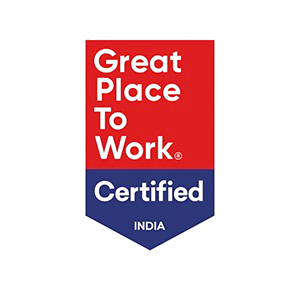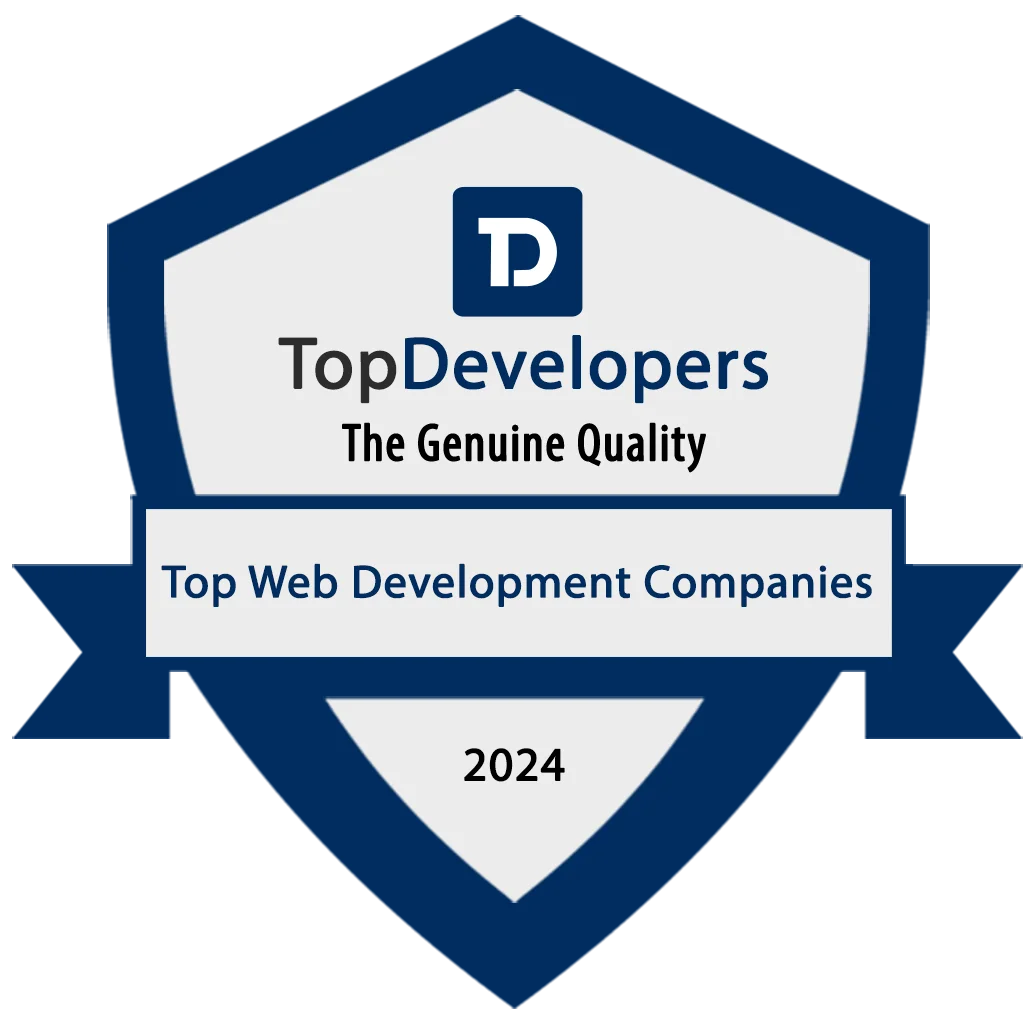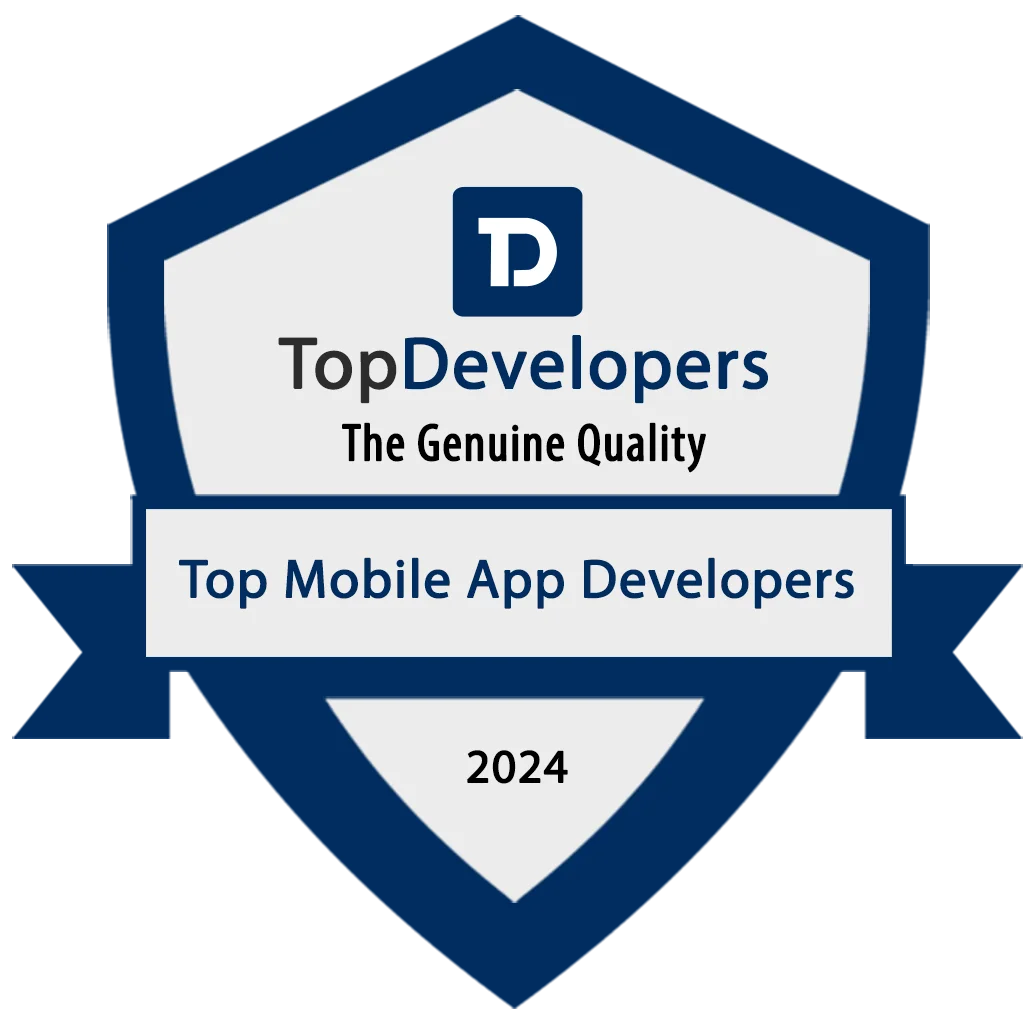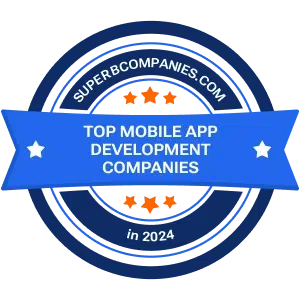The Hunger Games: Harnessing the Power of Emerging Technologies in Food Delivery App Development
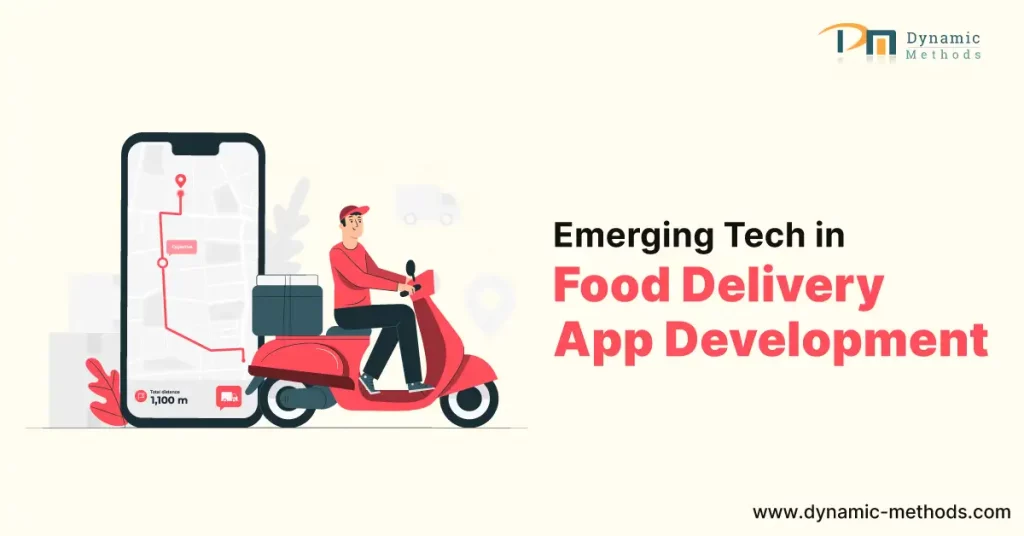
In our bustling, modern world, the urgent pangs of hunger often strike out of nowhere, creating a demand for quick, efficient, and convenient solutions. It’s this demand that has fueled the rapid evolution of the food delivery industry, driven by the introduction of advanced technologies and the necessity of seamless user experiences.
Welcome to our deep dive into the Hunger Games – a tactical exploration of how emerging technologies are being leveraged in the development of food delivery apps.
In this comprehensive guide, we will delve into the wealth of technologies shaping this digital renaissance and offer strategic insights on how businesses can utilize them to redefine their food delivery experience.
Harnessing Emerging Technologies in Food Delivery App Development
Picture this as your own strategic Hunger Games: Leveraging Emerging Technologies in food delivery app development. In this arena, your strategy melds the efficiency of mobile applications with the power of emerging technologies, setting the stage for a revolution in the food delivery sector.
By tapping into the untapped potential of technologies such as artificial intelligence (AI), machine learning, augmented reality (AR), blockchain, and the Internet of Things (IoT), businesses can streamline their operations, elevate customer experiences, and gain a competitive edge.
Artificial Intelligence: Optimizing Food Delivery Apps
Artificial intelligence has swiftly emerged as a game-changer in enhancing the capabilities of food delivery apps. AI-powered algorithms delve into analyzing user preferences, predicting food choices, and delivering tailored recommendations.
The benefits of AI don’t end there; they extend to offering efficient route optimization for delivery personnel, thereby reducing delivery time and improving operational efficiency. The seamless integration of AI into food delivery apps helps businesses cultivate an effortless, personalized experience for their customers.
The Power of Machine Learning for Elevated Efficiency
Machine learning algorithms are the secret ingredient for creating smarter and more efficient food delivery apps. Through continual learning from user behaviors, such as order history and preferences, these sophisticated algorithms provide tailored food suggestions.
Moreover, machine learning offers the added advantage of aiding in demand forecasting, helping businesses optimize their inventory management and ensure prompt deliveries.
By integrating machine learning, food delivery apps can enhance their services and consistently deliver an exceptional user experience.
Augmented Reality: Transforming the Ordering Experience
Augmented reality (AR) is the secret sauce that has the potential to revolutionize the food ordering experience. With AR integration into food delivery apps, users can preview dishes via their mobile devices, enabling them to virtually place their orders on their dining tables.
This immersive experience allows users to make informed decisions by viewing portion sizes, dish presentation, and even nutritional information. The inclusion of AR in food delivery apps brings an interactive and engaging twist to the process, thereby improving the overall user experience.
Enhancing Trust and Transparency with Blockchain
Blockchain technology can inject much-needed transparency and trust into the food delivery ecosystem. By leveraging blockchain, businesses can construct a decentralized and unalterable ledger, meticulously documenting each step in the delivery process.
This transparency empowers customers to track their orders in real-time, confirm the genuineness of the ingredients, and even trace the origin of their food. With blockchain, food delivery apps can foster trust, mitigate fraud, and assure customers about the quality and safety of their meals.
Integrating IoT for Seamless Operations
The Internet of Things (IoT) holds immense potential to boost the efficiency of food delivery operations. IoT devices such as smart locks and temperature sensors can be integrated into the delivery process to ensure secure and optimal conditions for food transportation.
These smart devices can monitor temperature, humidity, and other crucial factors, alerting the delivery personnel if any deviations occur. By leveraging IoT, food delivery apps can guarantee the freshness and quality of the delivered meals.
Conclusion
Playing the Hunger Games: Leveraging Emerging Technologies in Food delivery app development opens up a plethora of exciting opportunities for businesses in the food delivery industry.
By harnessing artificial intelligence, machine learning, augmented reality, blockchain, and IoT, companies can transform their operations and provide remarkable experiences to their customers.
Those who stay ahead of the technological curve will gain a competitive advantage, satiating customers’ hunger more efficiently and paving the path for the future of food delivery.
Are you ready to harness the power of emerging technologies to redefine your food delivery services? Dynamic Methods is a trusted software company. If you need a project then Submit your project inquiries, and let’s work together to revolutionize the way food is delivered, one app at a time. Get in touch with us.
Frequently Asked Questions (FAQs)
1. What advantages do emerging technologies offer in the food delivery industry?
Emerging technologies offer a myriad of benefits to the food delivery industry. AI and machine learning enhance operational efficiency, offer personalized experiences, and improve service efficiency.
AR reinvents the food ordering process, enabling users to virtually visualize their meals. Blockchain infuses transparency and builds trust, while IoT guarantees seamless operations and top-notch food quality.
2. How does AI elevate the food delivery app experience?
AI significantly enhances the food delivery app experience by effectively analyzing user preferences, predicting food choices, and offering personalized recommendations. AI also optimizes route planning for delivery drivers, thereby ensuring faster and more efficient deliveries.
3. What role does blockchain play in the food delivery industry?
Blockchain technology instills transparency and trust within the food delivery industry. It allows customers to track their orders, validate ingredient authenticity, and trace their food’s origin. Blockchain minimizes fraud and ensures the quality and safety of delivered meals.
4. How does augmented reality (AR) change the food ordering process?
AR completely transforms the food ordering process, allowing users to visualize dishes through their mobile devices. They can virtually place meals on their tables, get a glimpse of portion sizes, presentation, and nutritional information, thus making more informed choices.
AR adds an interactive and engaging layer to the ordering process, enhancing the overall user experience.
5. How can IoT devices streamline food delivery operations?
IoT devices such as smart locks and temperature sensors enhance food delivery operations by ensuring secure and optimal conditions for transportation. They monitor temperature, humidity, and other variables, promptly alerting delivery personnel of any deviations. IoT ensures the freshness and quality of delivered meals.
6. What are the advantages of incorporating machine learning into food delivery apps?
The use of machine learning in food delivery apps offers several benefits, such as personalized suggestions based on user behavior, enhanced inventory management through demand forecasting, and continuous improvement of services. Machine learning significantly enhances efficiency and delivers a superior user experience.




